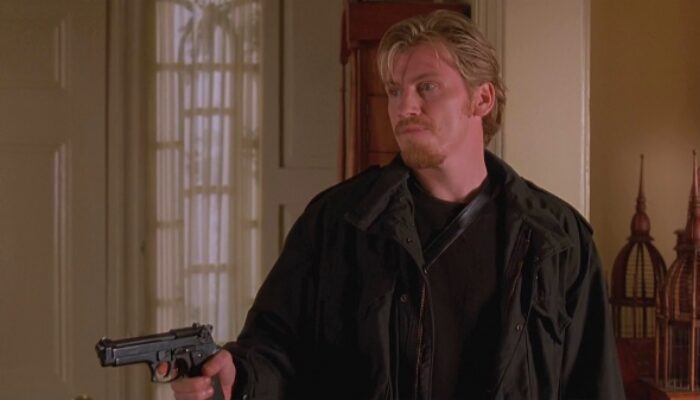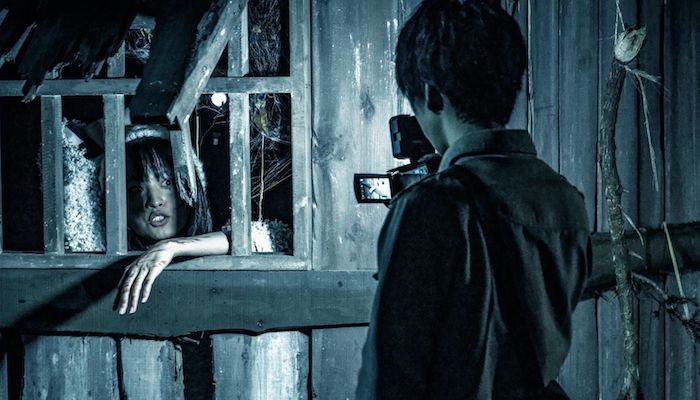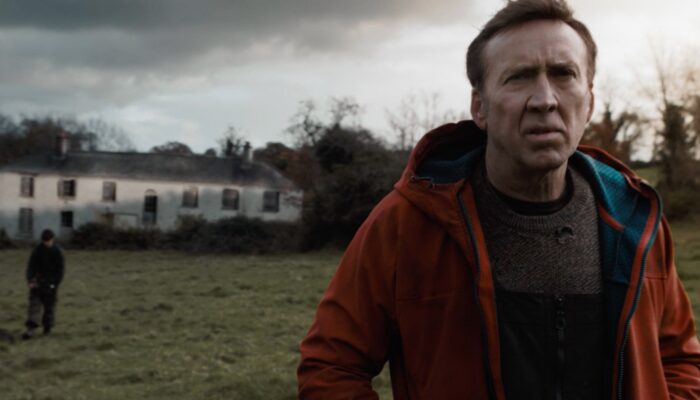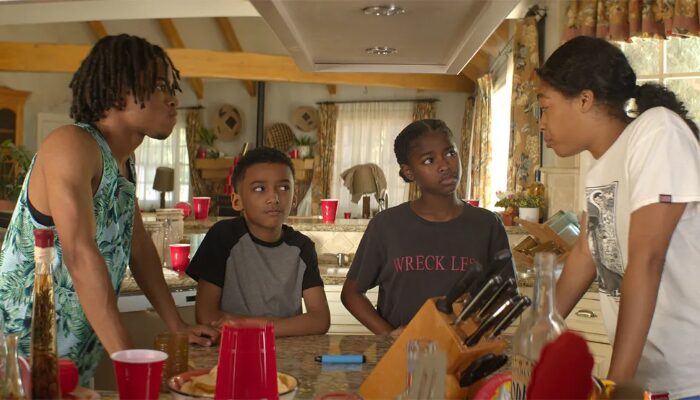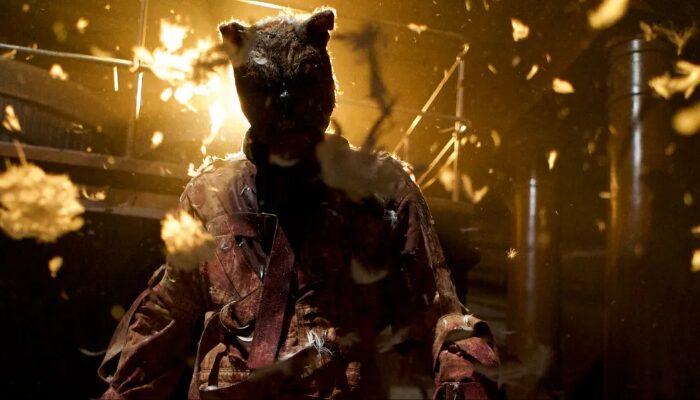Film Review: HOWLING VILLAGE (2019): Takashi Shimizu Takes on a Famous Urban Legend With a Solid Movie
Howling Village Review
Howling Village / Inunaki mura (2019) Film Review, a movie directed by Takashi Shimizu, and starring Ayaka Miyoshi, Ryota Bando, Tsuyoshi Furukawa, Renji Ishibashi, Takamasa Suga, Hina Mayano, Megumi Okina, Reiko Takashima, Rinka Otani, Masanobu Takashima, Minori Terada, Akira Sasamoto, and Ken Tanaka.
Takashi Shimizu’s recent entry, Howling Village, draws its plot from an actual urban legend, the origin of which can be traced to the 1700’s, of an insular community known as the Inunaki Village, whose inhabitants rebelled against the caste system of that period by wreaking revenge on trespassers and dumping their corpses at the entrance of the Old Inunaki Tunnel as a warning. This popular legend was later debunked by historians, citing instead a village called Inunakidani, which by all accounts enjoyed lively commerce with its neighbors.
Nevertheless, some clung in the original myth tightly enough to revitalize the legend and re-enacted its violent past resulting in murders as much as a century later until authorities blocked the tunnel entrance. Shimizu capitalizes, with fair success, on the premise that the Inunaki Water Dam was built by greedy energy moguls and submerged the mythic troublesome town, who justified the heinous act by slandering the population as virtual demons who mated with dogs to produce ferocious hybrids.
But the fearful fascination still holds the neighboring village in thrall, especially the teens, who regard exploring Inunaki Village as a sort of trial by ordeal or right of passage that only a favored courageous few can survive. Akina Morita and her brother, Yuma, take the bait, and enter the tunnel–now with the barriers gone–at the time appointed by the legend to explore the benighted Brigadoon. Out they come, too, but worse for wear, especially Akina, who retreats into madness.
Enter psychologist Kanae Morita, the siblings’ older sister, who arrives facing a two-fold mission: to save Akina from worsening psychosis, and to answer the plea from desperate parents whose adopted son, Kota, sees frightening visions. Kota’s parents remember that Kanae herself reported similar visions as a child and looks upon this as an omen.
Reluctantly, Kanae takes on Kota’s case, and feels a growing connection with him beyond the professional level. Her own childhood visions return, more overwhelming and relentless than ever it was. Her family’s stoic indifference soon turns to outright antagonism, blaming her for carrying her mother’s ‘curse,’ she seeks advice from her maternal grandparents who live as hermits outside the town. They offer advice, tranquil and gratifying, so far as it goes: Grandpa with his wistful hints about a sole surviving foundling from the drowned Village, and Grandma delivers her ominous advice with chilling cheerfulness.
Kanae soon begins to see the pattern of her maternal blood-line and deduces it is her lone task to deploy a double-whammy: to wipe clean her ancestors’ curse and bring peace to the village, restore her family’s honor, and in so doing, rescue the tortured tyke, Kota, from his own obsessions about the once-mythic village and end the nightmare for good and all. So, she soldiers on and attains her goal–or so it would appear.
Shimizu explores several themes: cruelty of the traditional caste system in Japan, its fascination with the unknown, especially with ghosts and hauntings (not to be wondered at where ancestor worship is prominent), the perils of profiteering, and suppressing the facts. He may not delve as deeply as he might have, but he does appear to have broadened his horizons in this film.
He exploits other strengths as well. He invests more subtlety over hype, most notable in the scene at Akira’s funeral, solemn and quiet, golden sepia tones juxtaposed with dazzling white flowers. Kanae’s pleas with her grandparents have a certain sweetness. Some visuals are striking on their own, chief among them some unlucky friends of Akina and Yuma lured into a ‘haunted’ phone booth at the Red Bridge over the dam.
On the down side, some of the exposition is choppy, and the narrative thread falters here and there. The pacing drags a bit during the climax drags in deference to sensationalism and weakens the suspense, despite the very fine special effects. All things considered, this is a solid work, more provocative than scary, and there aren’t many shocks (not necessarily a bad thing), and there is enough finesse to compensate.
Rating: 7/10.
Leave your thoughts on this Howling Village review and the film below in the comments section. Readers seeking to support this type of content can visit our Patreon Page and become one of FilmBook’s patrons. Readers seeking more film reviews can visit our Movie Review Page, our Movie Review Twitter Page, and our Movie Review Facebook Page. Want up-to-the-minute notifications? FilmBook staff members publish articles by Email, Twitter, Facebook, Instagram, Tumblr, Pinterest, Reddit, and Flipboard.
Related Articles
FilmBook's Newsletter
Subscribe to FilmBook’s Daily Newsletter for the latest news!






